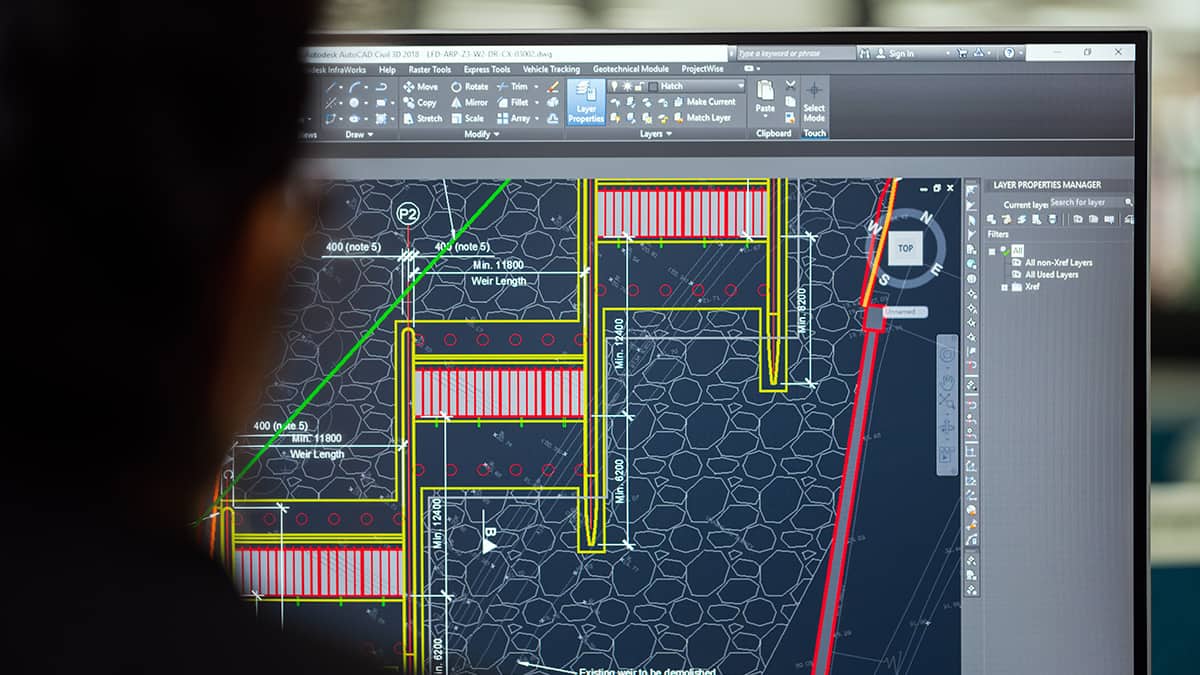Tax First-Tier Tribunal Case
We cite this case as a reason to use a local tax professional if you wish to engage in an R&D claim. There is an increasing amount of cold calling by faceless national companies involved with R&D claims. We have referred to it internally as the next PPI scandal at times.
The investigation
In this case AHK Recruitment Limited worked with Optimal Compliance to compile an R&D claim for an internal software project. HMRC opened an enquiry to understand how the project qualified as R&D in line with the legislation. After considerable delays following HMRC’s requests for evidence, Optimal, on behalf of AHK, could not produce sufficient evidence around the projects and critically could not produce a competent professional at AHK to provide the evidence. The HMRC enquiry also highlighted that whilst sub-contractor’s costs formed part of the claim there was no evidence of what they were doing and how it aligned to any potential R&D project.
Follow this link if you would like to read the case in full.
What can we learn from this case?
HMRC are reasonable with R&D enquiries
HMRC gave the company extra time and guidance to help them evidence what their R&D related to.
Communication is key
Companies or advisers should build a line of communication with HMRC that is both timely and accurate. This will ensure that the case is dealt with in an efficient manner.
Don’t underestimate the role of a competent professional
As much as an accountant should drive out the eligible R&D expenditure with their clients, the company should always be able to present the competent professionals to HMRC. There is no room in this industry for cowboys!
The baseline is essential to establish the validity of a claim
This means evidencing what solutions were available, why they did not work and showing that enough work had been done to explore a solution before embarking on a project. To demonstrate R&D has taken place there needs to be an advance in the field which raises the overall knowledge.
It is important to keep any evidence towards an R&D claim
There is no actual requirement for technical evidence to be submitted with an R&D claim and it may only be required in an enquiry situation. Having the information readily available would be beneficial in case of an enquiry.
Third-party costs need to be documented
The costs associated with any claim, particularly from third parties, need to have solid and accurate documentation which details the specifics of what was done or delivered.
R&D claims are often complex and needs due skill and attention from a professional.
What is R&D
Research and Development (R&D) reliefs support companies that work on innovative projects in science and technology. It can be claimed by a range of companies that seek to research or develop an advance in their field. It can even be claimed on unsuccessful projects.
You may be able to claim Corporation Tax relief if your project meets HMRC’s definition of R&D.
Projects that count as R&D
The work that qualifies for R&D relief must be part of a specific project to make an advance in science or technology. It cannot be an advance within a social science – like economics – or a theoretical field – such as pure maths.
The project must relate to your company’s trade – either an existing one, or one that you intend to start up based on the results of the R&D.
To get R&D relief you need to explain how a project:
- looked for an advance in science and technology
- had to overcome uncertainty
- tried to overcome this uncertainty
- could not be easily worked out by a professional in the field
Your project may research or develop a new process, product or service or improve on an existing one.
R&D Tax Relief
There are two different Tax credits available, depending on whether your company is classified as small/medium (SME) or large.
SME R&D relief allows companies to:
- deduct an extra 130% of their qualifying costs from their yearly profit, as well as the normal 100% deduction, to make a total 230% deduction
- claim a tax credit if the company is loss making, worth up to 14.5% of the surrenderable loss
Large companies can claim a Research and Development Expenditure Credit (RDEC) for working on R&D projects.
It can also be claimed by SMEs and large companies who have been subcontracted to do R&D work by a large company.
The RDEC is a tax credit, it was 12% of your qualifying R&D expenditure from 1 January 2018 to 31 March 2020. This has been increased to 13% from 1 April 2020.
Share this Story

